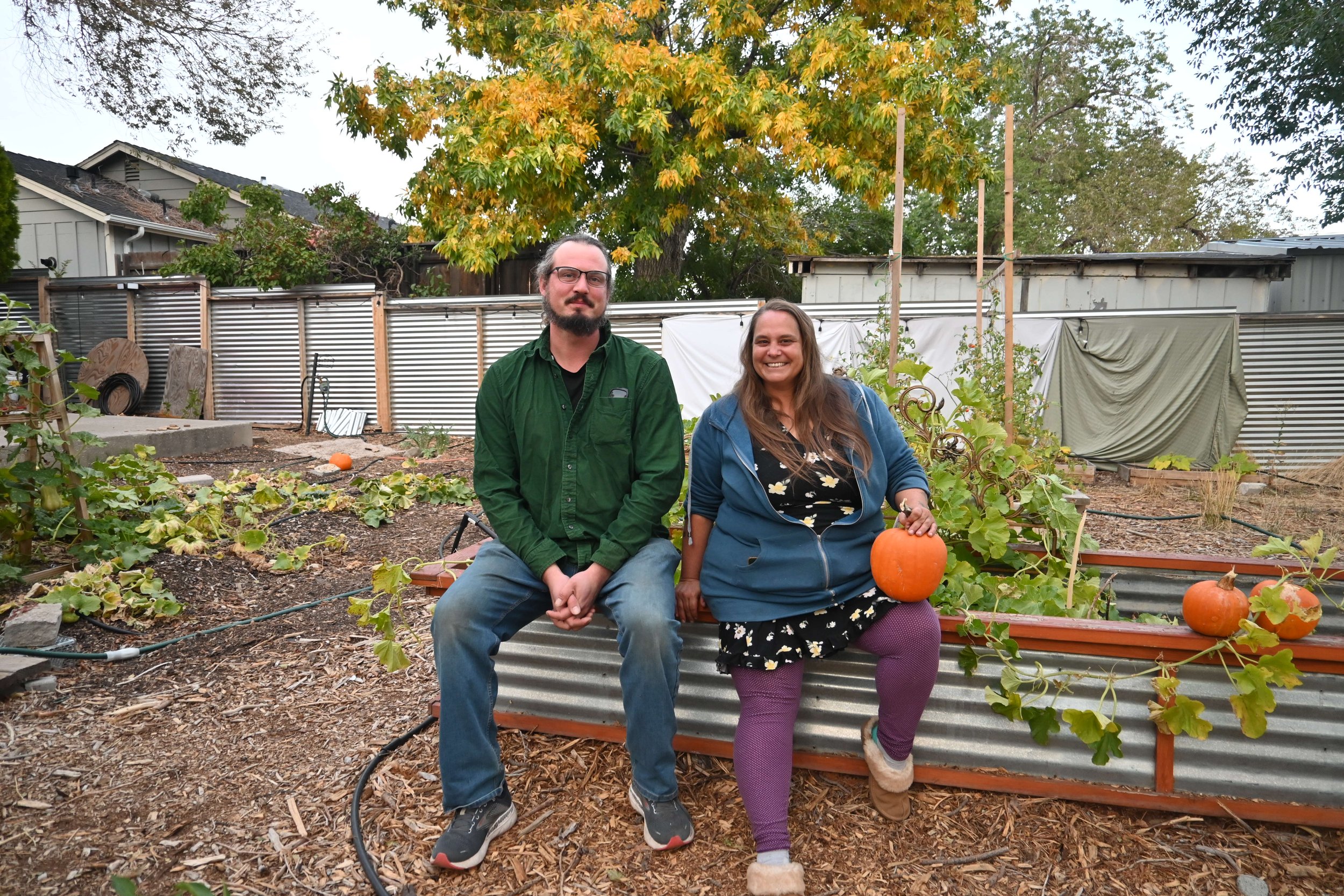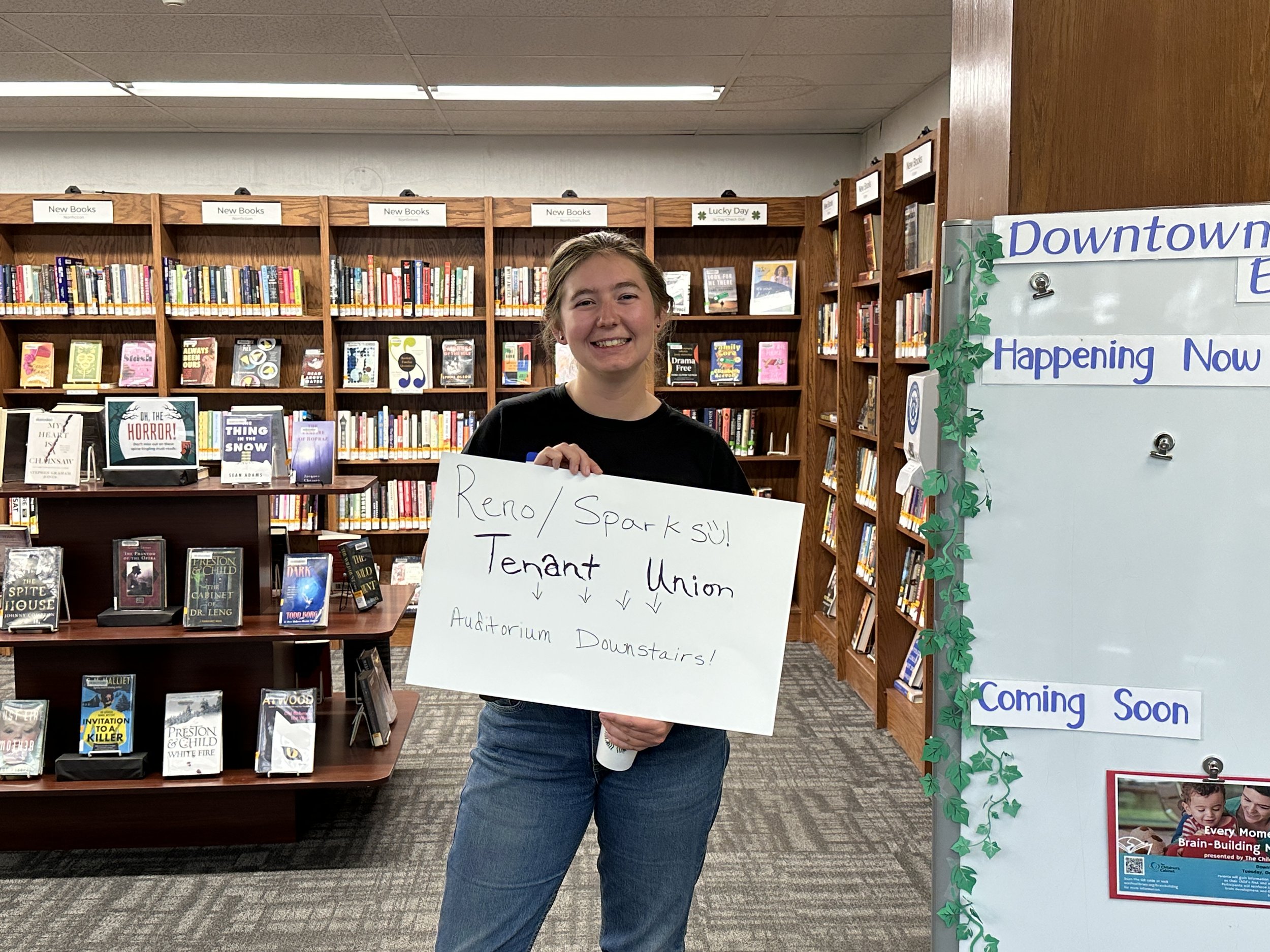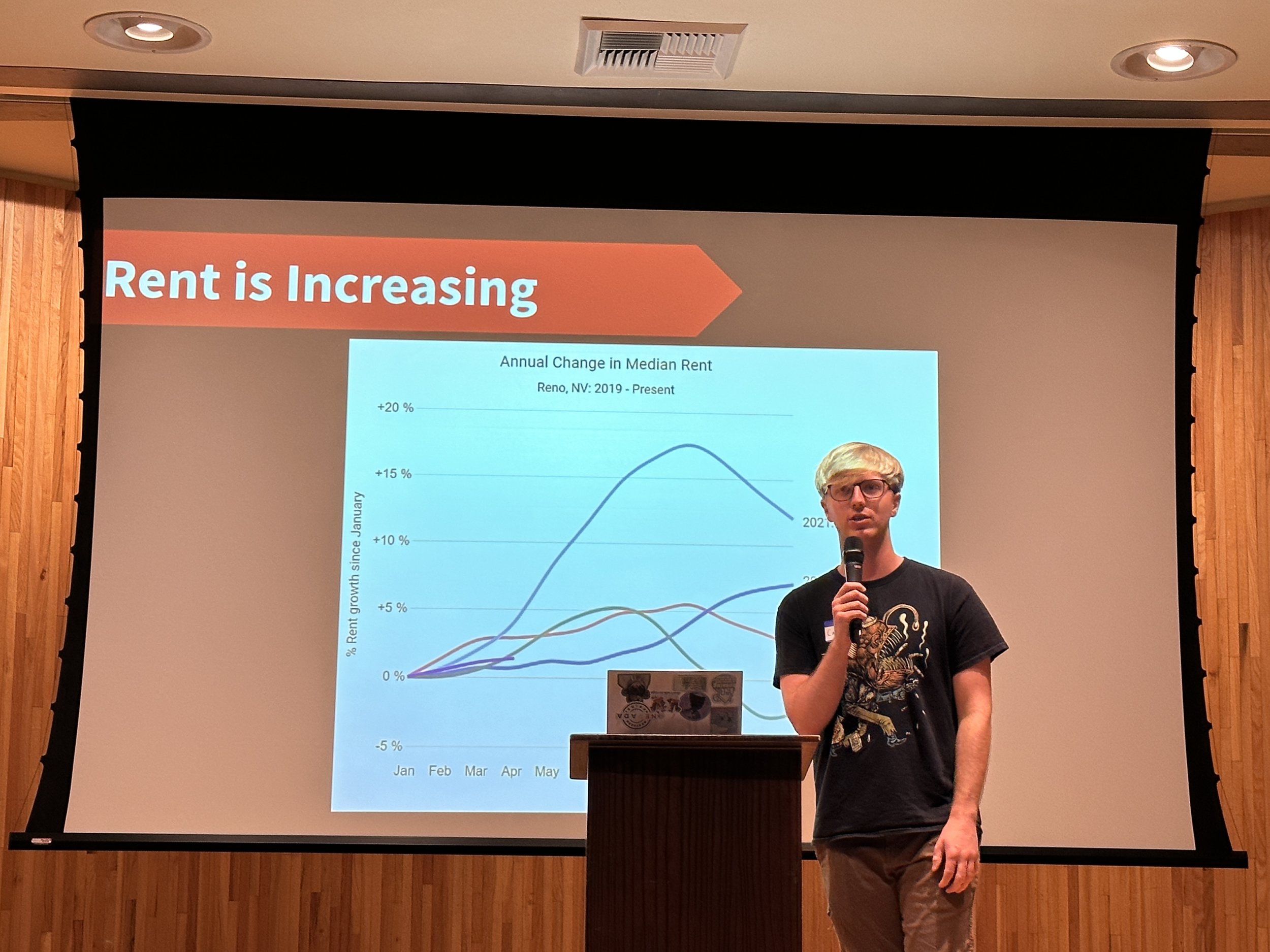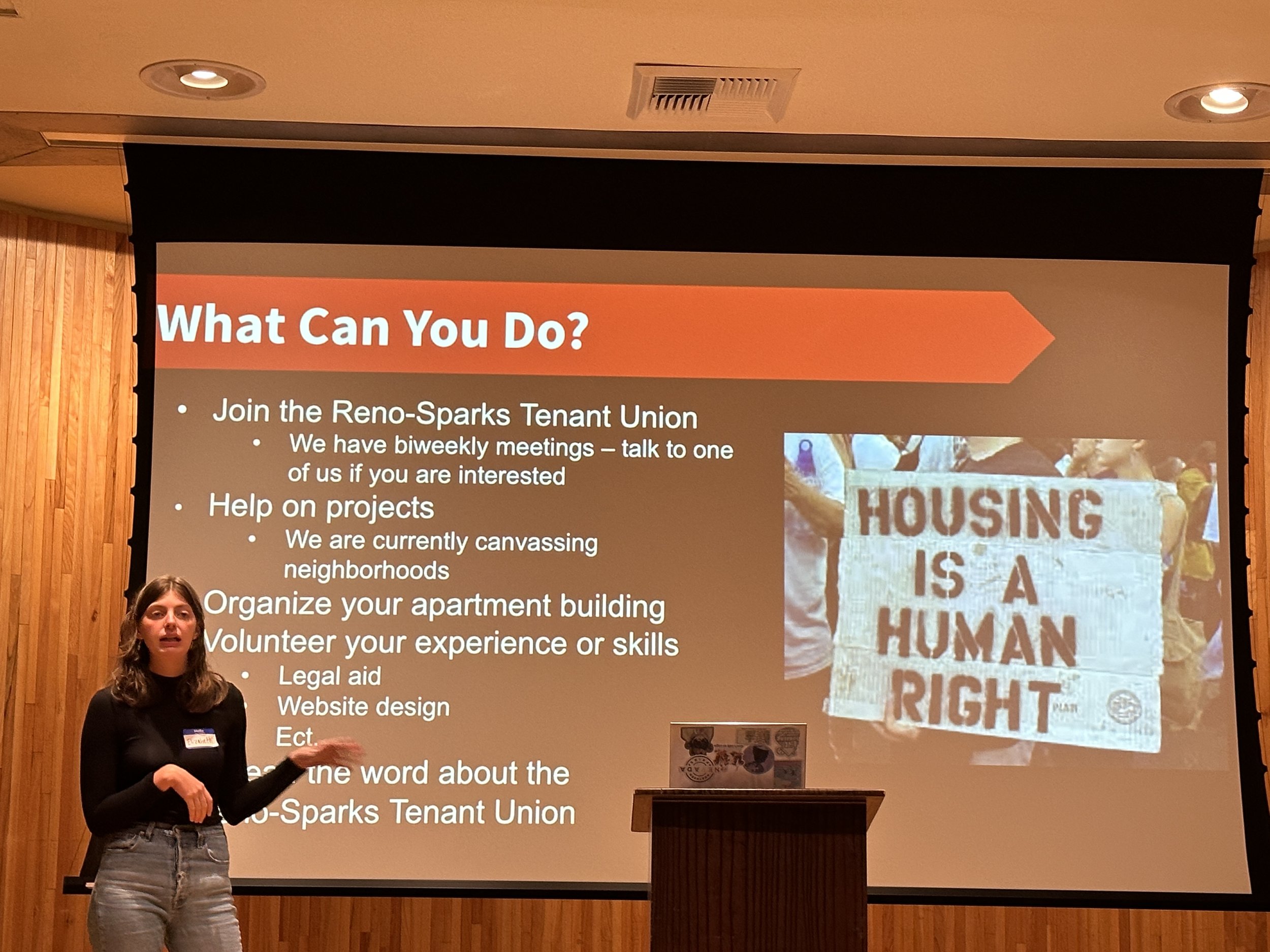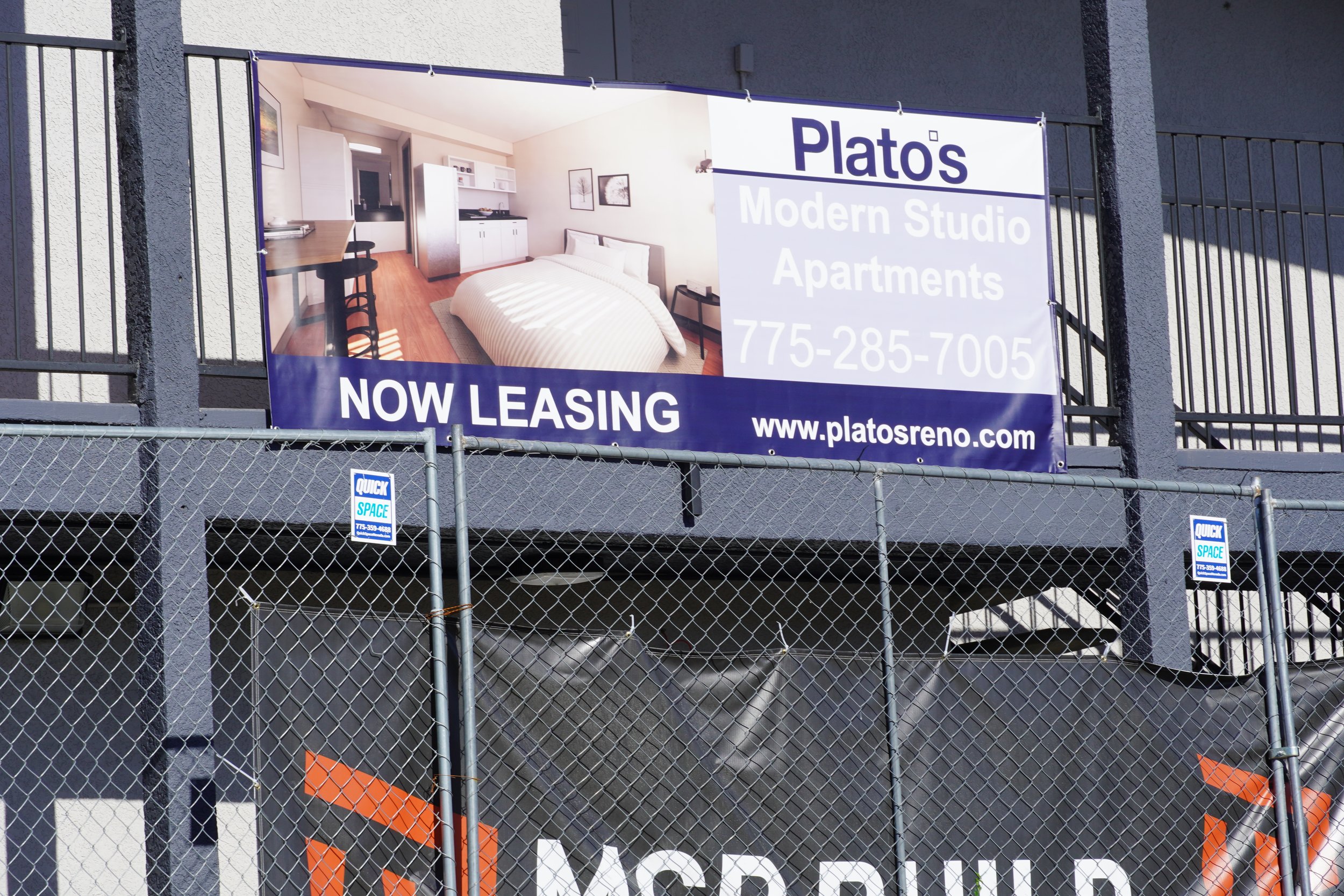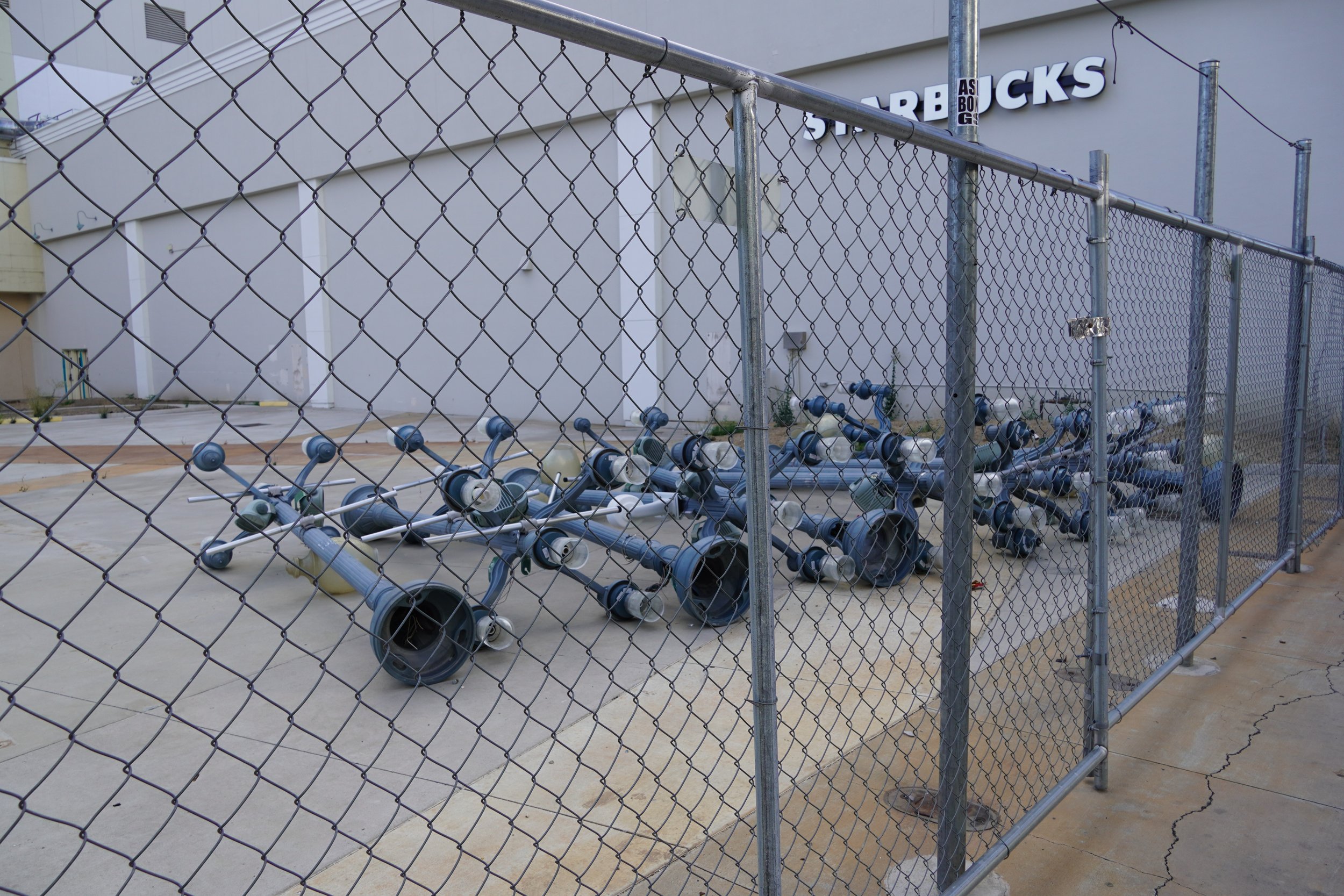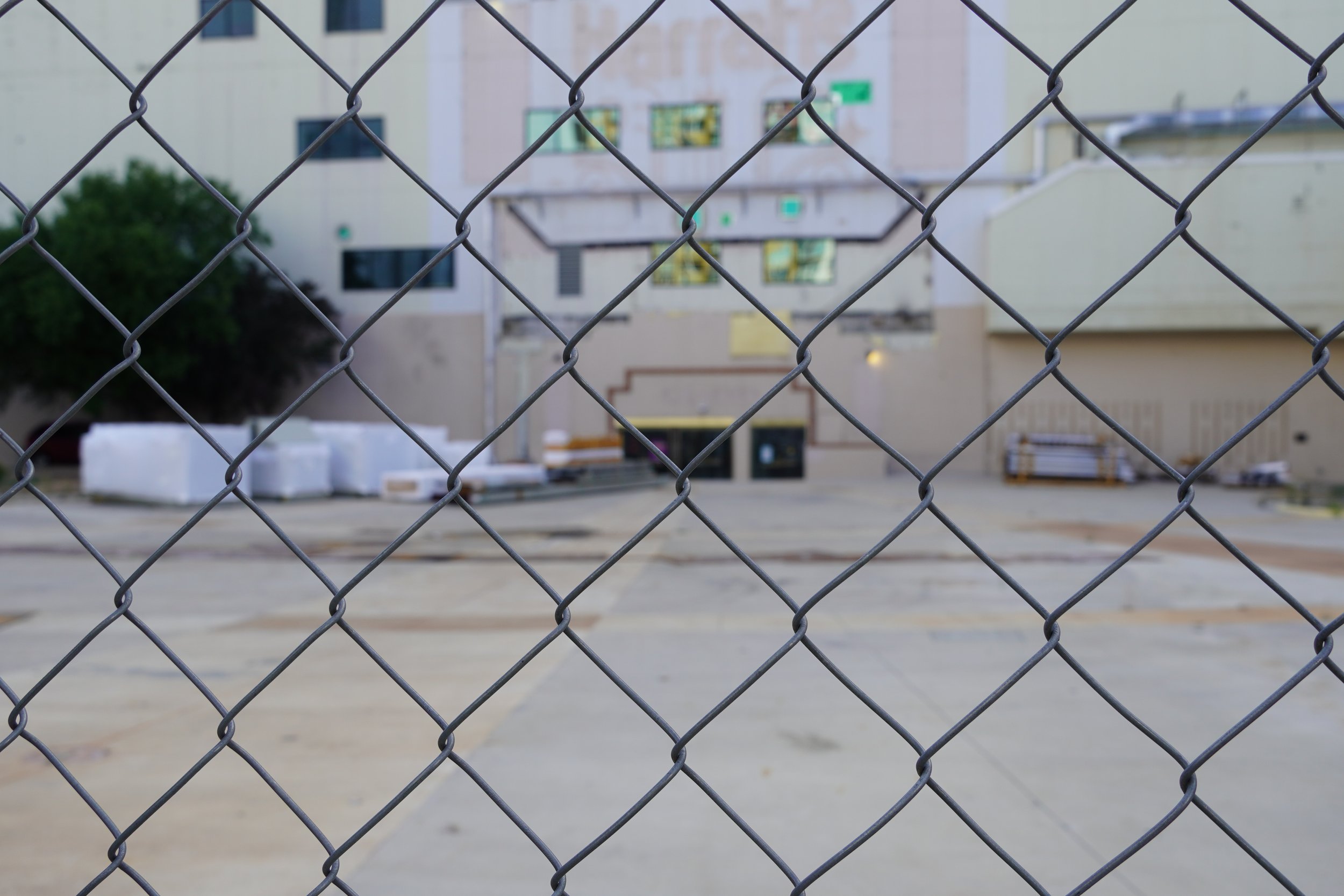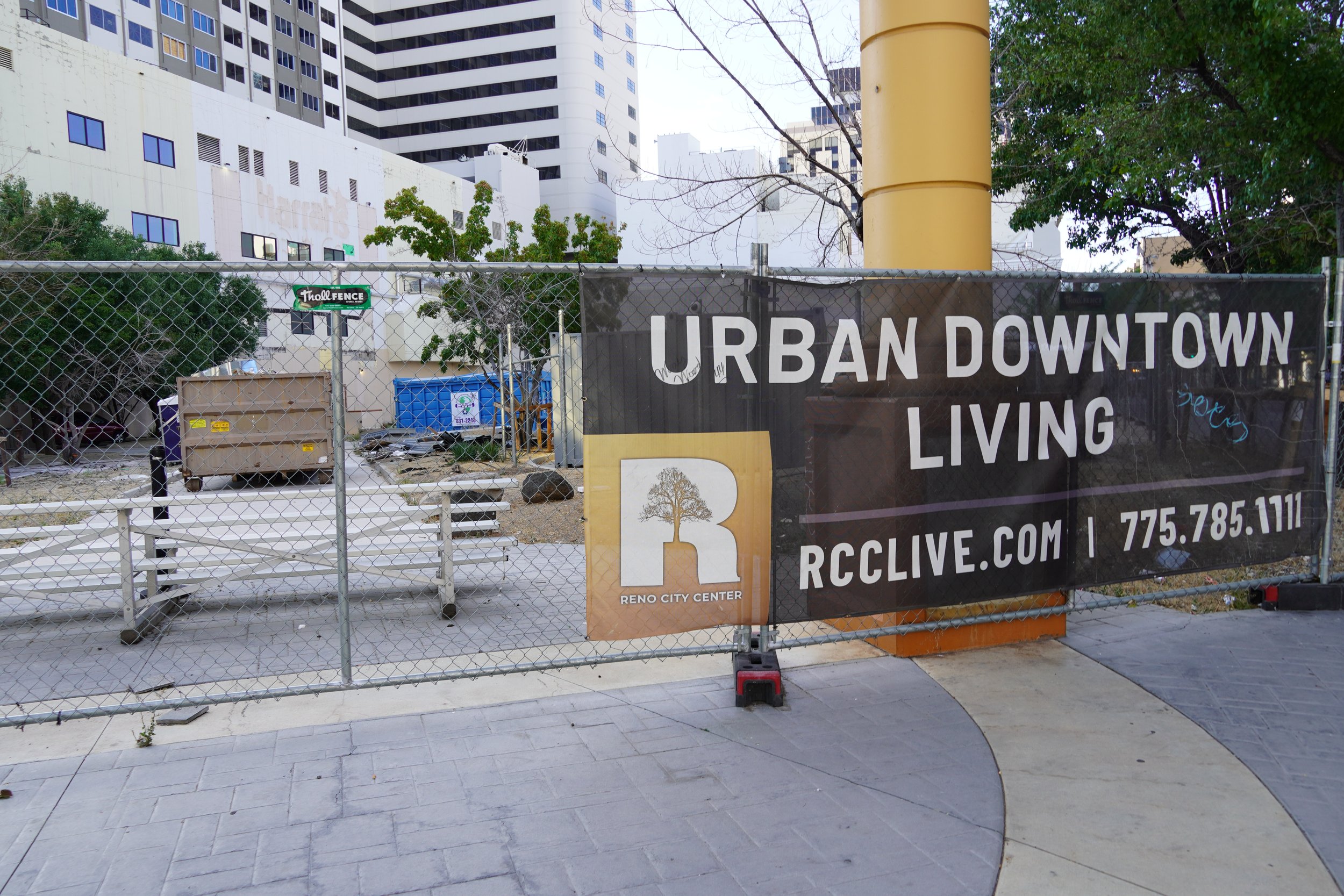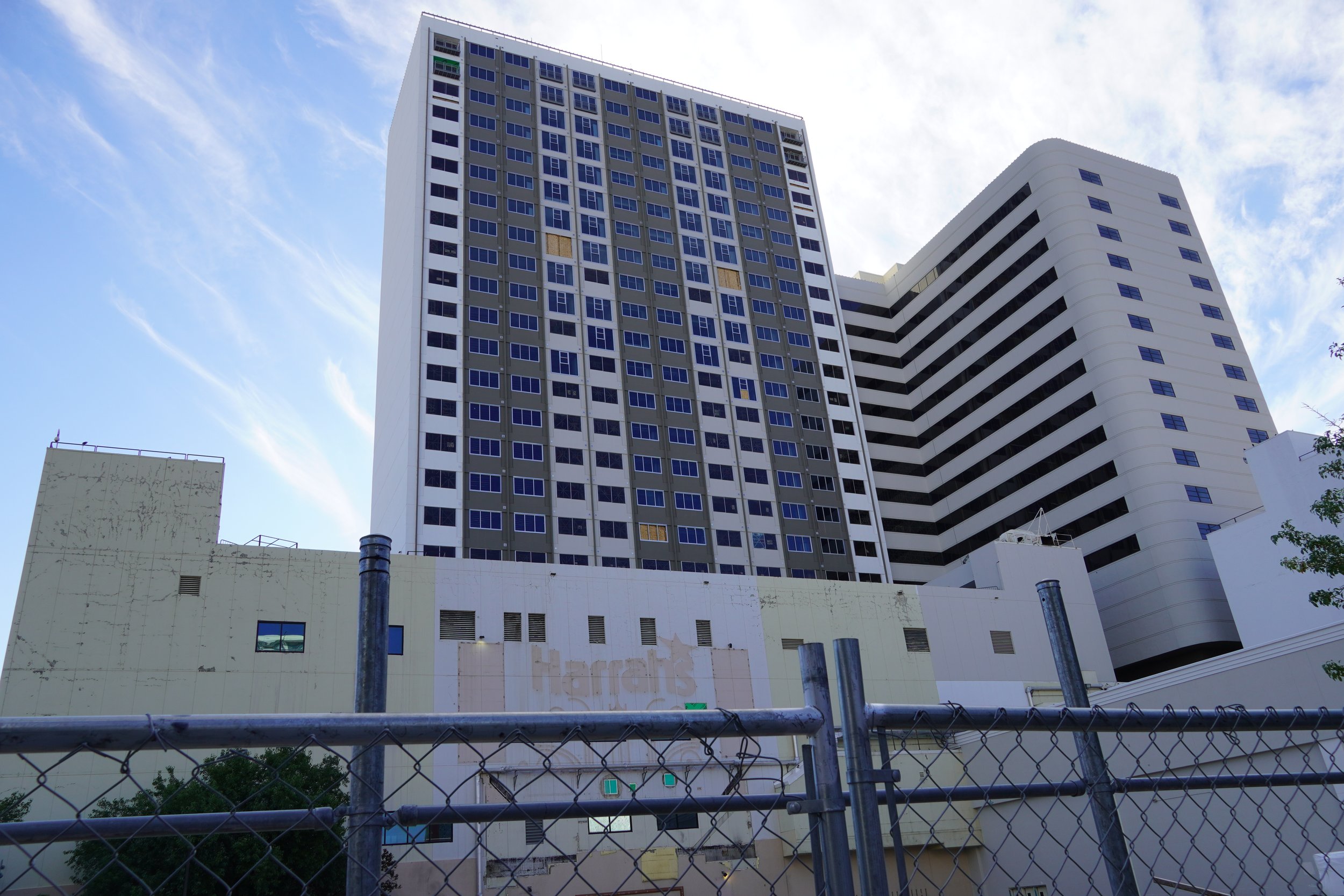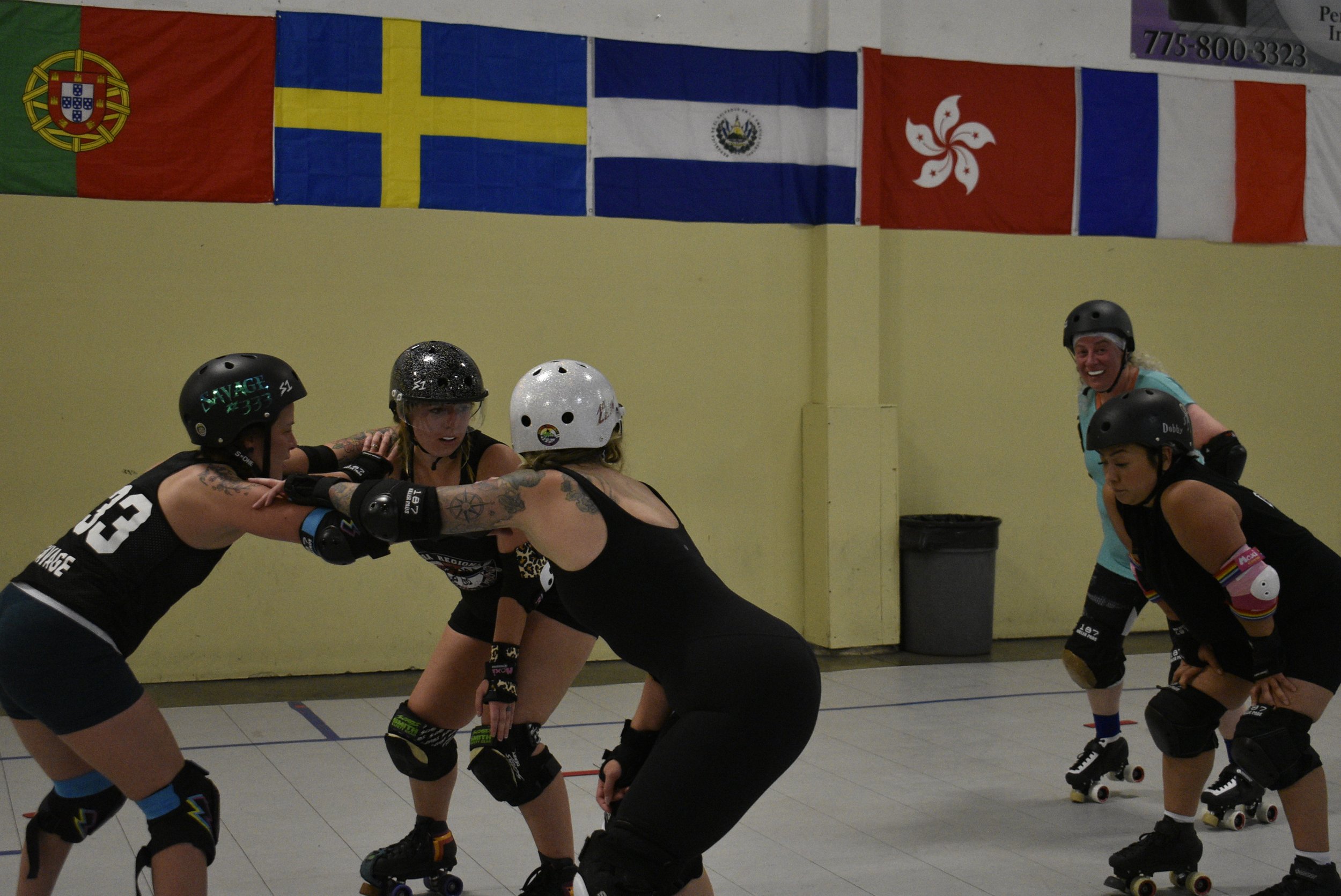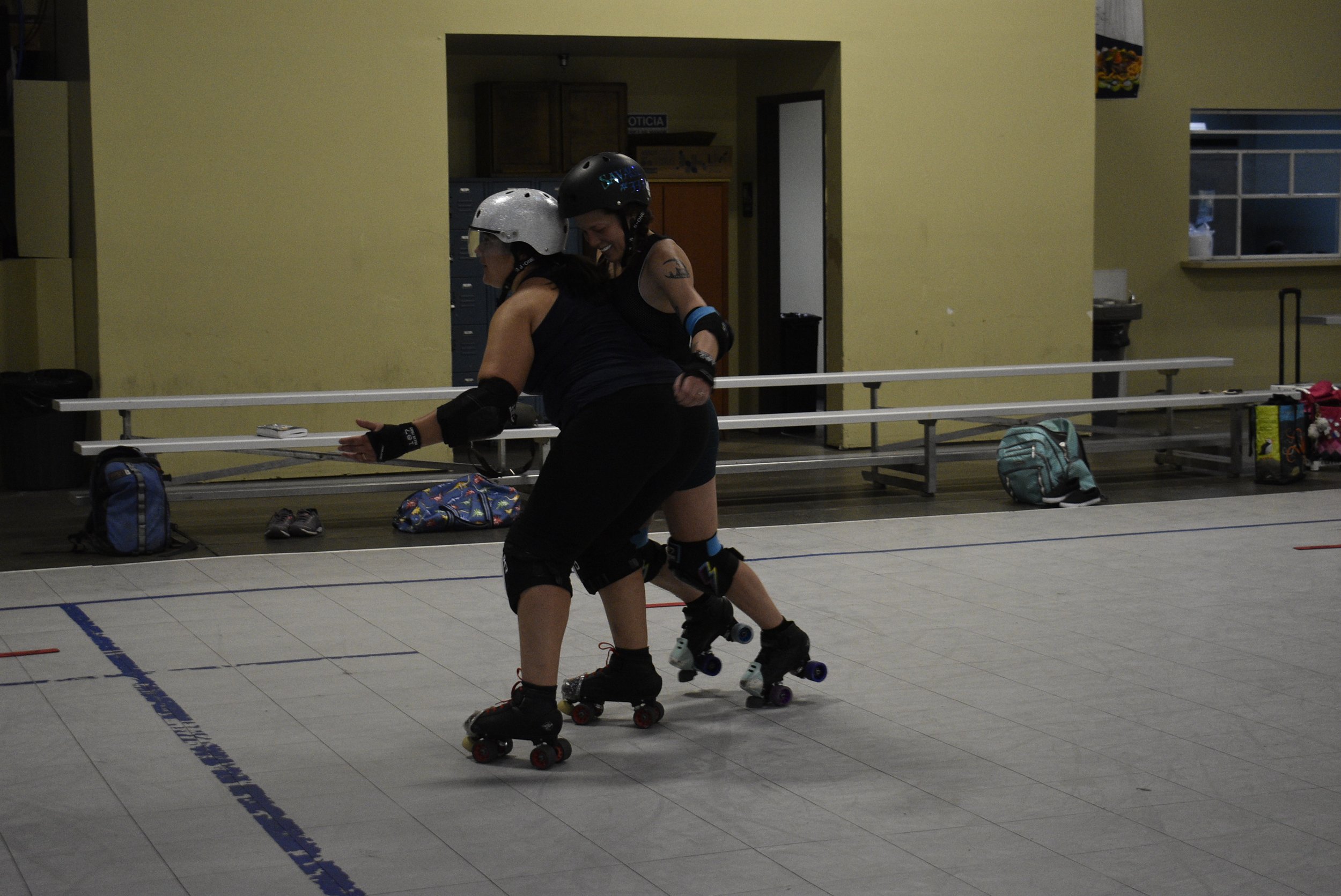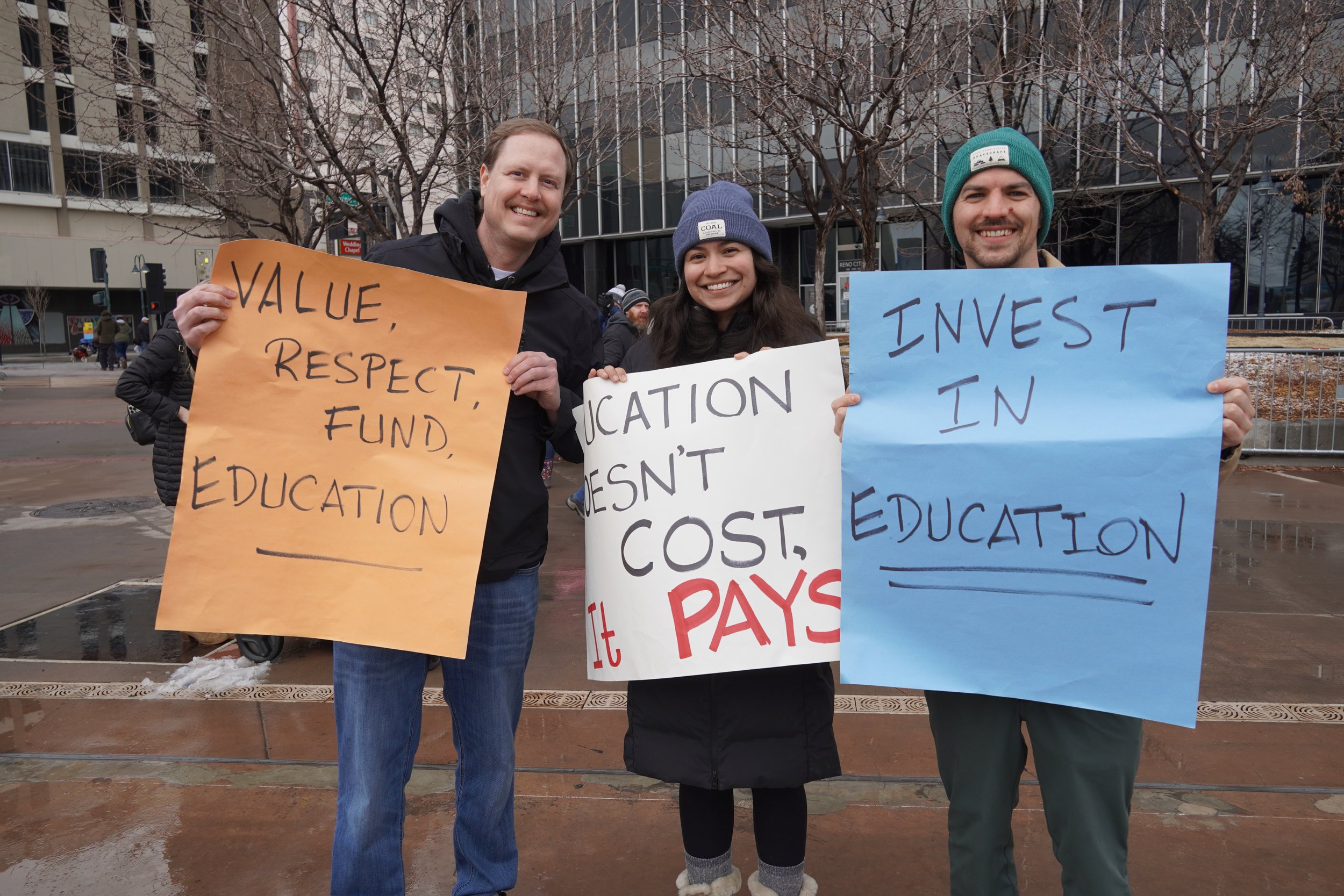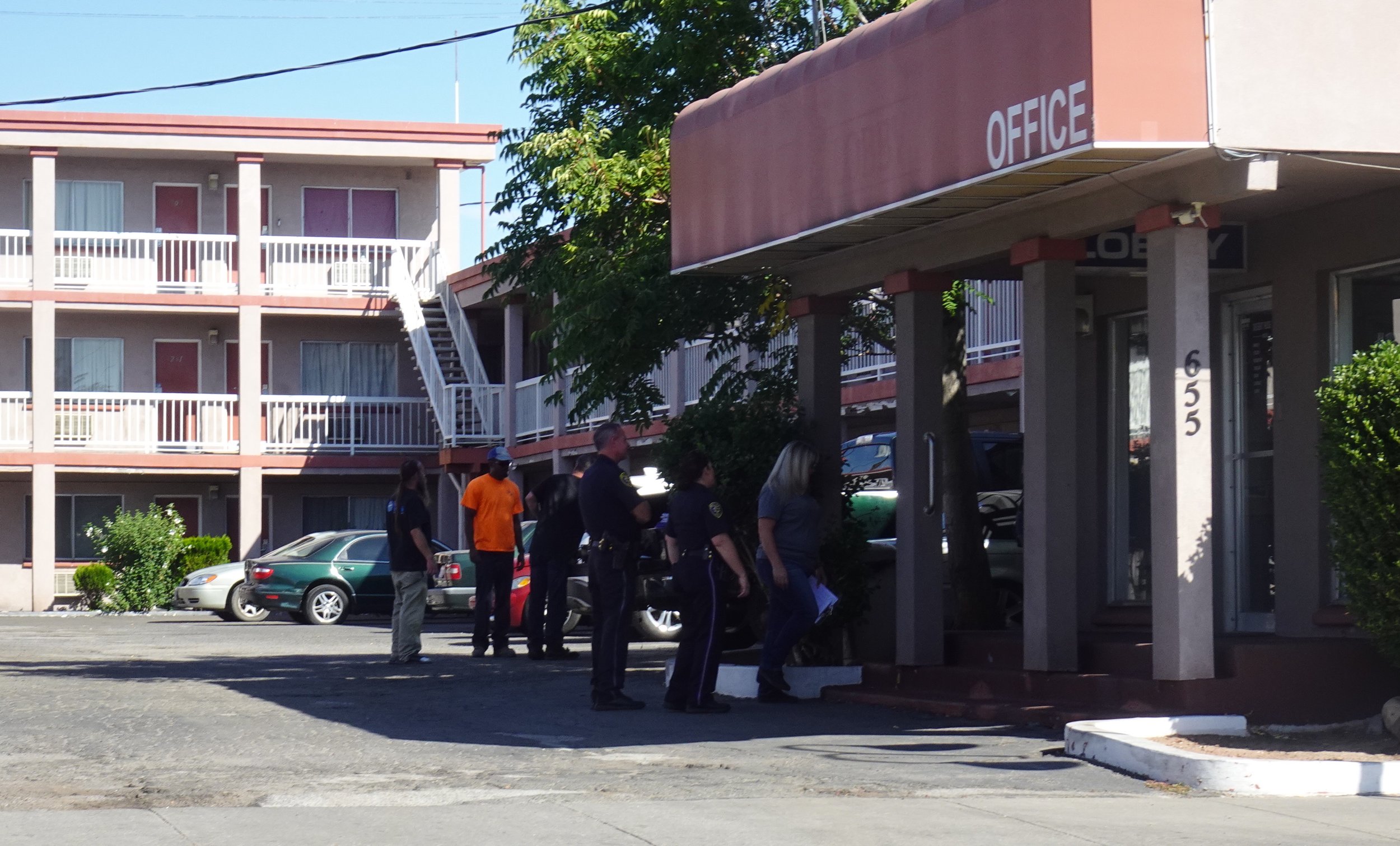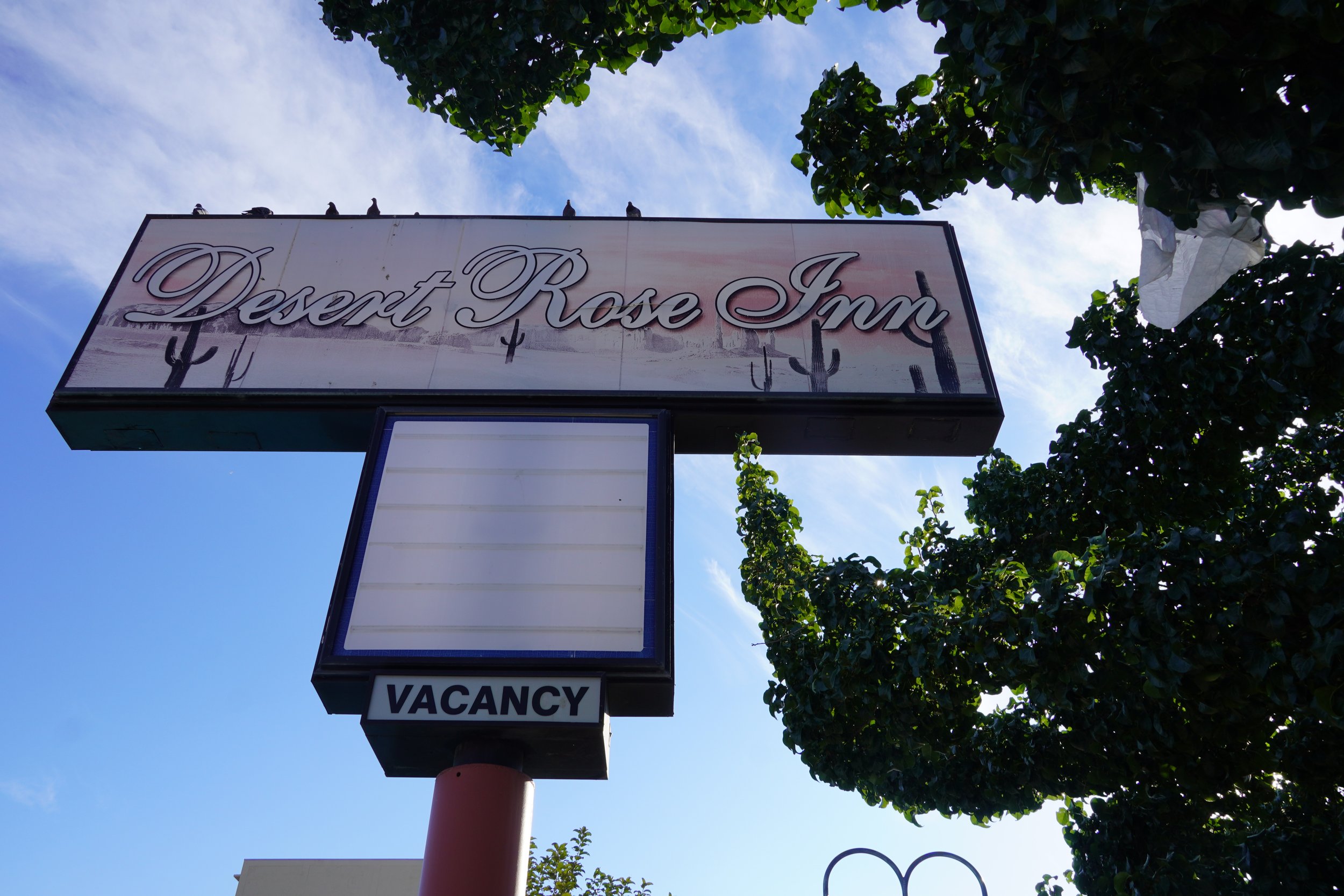Reno business owner and part-time casino worker Jamie Bryan is feeling increasingly frustrated chasing down COVID-era 2020 unemployment money and weekly checks she says she was owed but never received, as the pandemic moves further away from headlines.
She is not giving up though, and her options now include getting an attorney on a contingency fee, fighting her recent judicial review defeat up to the Nevada Supreme Court or getting enough people with her to file a class-action lawsuit.
Bryan now operates Sweat Reno which she opened in 2021, but still works part-time at a local casino to help pay bills, while trying to get her credit scores back up so she can get loans to grow her business. She was able to open Sweat Reno, a cozy, well lit space on the southern edge of Midtown, with her mom’s help as a cosigner.
Bryan says the money owed her would make a huge difference. “I need it to help pay rent, utilities, and other bills and help with more marketing and advertising,” she said since moving to Reno from Tahoe and now running her own business here.
Her location on S. Virginia Street offers infrared saunas and cryotherapy. "Our services are a great, holistic approach to help people get healthy without using pharmaceuticals,” she said. “Infrared saunas have numerous benefits including mimicking a cardiovascular workout.”
With visitors, while Bryan worked at the Hard Rock hotel and casino in Lake Tahoe.
In 2020, when the pandemic hit she was working full time as a bartender at the Hard Rock hotel and casino in Lake Tahoe.
When it shut down in April, she was immediately laid off, and then rehired back in early June. Like tens of thousands of others across Nevada, she says she applied for unemployment at the start of April. That’s when her deep frustrations began.
“There were a lot of people including myself that got locked out of the system, I had a lot of trouble signing in,” she remembers. “I ended up getting a phone call from someone who couldn't verify my information that I gave her because she didn't understand my payroll.”
Bryan says she was told she had answered a question wrong and could potentially be committing fraud. For days on end, she couldn't log in and couldn't get through the phone system. Finally months later a person who did speak to her said: ‘don't worry, you'll get your money. It might just take a little while.'" The little while is now going on for over three years.
A Halloween party at Hard Rock during masked times.
In April 2020, Nevada’s unemployment hit nearly 30%, the highest average in the nation. At one point, over 440-thousand Nevadans were without a job. Nevada was the last state to implement a Pandemic Unemployment Assistance claim filing system, further slowing down the overall process for many.
Bryan, who ended up losing her job at Hard Rock again in April 2021, had two separate claims of unemployment, which further complicated her situation for her first loss of work, which is the one she is still fighting for.
Court documents she shared with us which she received had different dates registered than her own timeline, and indicated she provided “erroneous information.” She insists she is the victim of an ineffective system.
With the two months she was unemployed from April to early June 2020, and the $600 a week from the Federal Pandemic Unemployment Compensation she says she should have also received, Bryan says she is owed between $9,000 and $10,000.
Behind the desk at Sweat Reno with her trusted companion Elway.
If an individual applies for unemployment benefits and their application is denied by a government agency responsible for administering these benefits, in this case the Nevada Department of Employment, Training and Rehabilitation, they can appeal the decision, as Bryan did.
If the appeal process does not yield a satisfactory outcome, the applicant can then seek judicial review. This means they can take their case to court to challenge the agency's decision, arguing that it was improperly made, which is the most recent step Bryan unfruitfully embarked upon.
Her appeal to get Covid funds was first denied in late 2022 and then rejected again earlier this year.
We wrote DETR’s media department about Bryan’s case and others facing similar ordeals and got this response from Valentina Bonaparte: “PUA (Pandemic Unemployment Assistance) benefits ended on September 4, 2021. The last paying benefit week was the week ending September 4, 2021. The last time claimants could file for these benefits was September 5-18, 2021. Regular unemployment insurance (UI) is the only benefit people can file for since 2021.
For UI, the claim is effective the week they file, a claimant may request a two week back date, but that has to go through adjudication.
Just a reminder that not everyone is eligible for unemployment insurance. Those applying for unemployment insurance have to have been laid off or let go through no fault of their own, they also have to be able and available to work and looking for a job.”
Bryan had back and forth emails with another DETR employee, who told her repeatedly she should leave out some information to make it to the next step in the system, but that didn’t work either. The employee Cynthia Pate at one point indicated: “This may take a number of calls, be persistent,” when she suggested speaking to a claims representative, which was her other repeated answer to Bryan’s pleas for help. These emails were prior to 2021, which is important as Bryan says she’s been repeatedly told she was late in filing her claim.
Bryan repeatedly got automated DETR emails saying “significant delays” should be expected. Her own emails had sentences such as “Please help me!,” “the website keeps saying under construction,” “all I need is a reset!!” as she tried different ways to get her application through.
At one point, she commented on a Nevada Legal Service YouTube video about her ordeals, which prompted a woman to indicate her Winnemucca-based mom was also going through the same challenges. The woman wrote Bryan a text saying Nevada Legal Services wasn’t being helpful either to their situation.
“What they did in the judicial review part was that they were supposed to send us a record on appeal [materials needed for review during the appellate process], but they never sent my record on appeal. I had to drive to Douglas County courthouse and had it printed off for $30,” Bryan explained. “Then they did a change of attorney on me. And so … I was hoping I could get some kind of response in the YouTube video. And then I had that girl contact me saying, this is exactly what they're putting her mom through. So they're basically making you fall through the cracks so you won't go through to actual court,” Bryan said.
Bryan says the pandemic and losing her job allowed her to refocus her priorities but that she should still get the unemployment money she says she is owed.
Another person who has responded to her pleas is Arturo Garzon, a Reno representative for Congressman Mark Amodei.
At one point, Garzon sent Bryan a list of northern Nevadans trying to get their Covid-era unemployment payments called "Flagging Constituent Concerns to Governor’s Office.” Bryan indicated to Our Town Reno she saw the spreadsheet with that title with her name on it and that she was number 134 on its list, entered in 2021.
“They’re trying to blame us for not filing on time or accurately and denying for that is wrong,” she says of why she is still trying to get her money, despite all the frustrations and time it entails.
Articles from earlier this year indicated that in Nevada there was still a backlog of more than 30-thousand unemployment claims.
In recent comments, Nevada Assembly Speaker Steve Yeager said some of the questions he has been hearing repeatedly from the community include: “I’m still waiting to hear back from my initial claim” and “I have appealed and I’m told it will be a long time.”
There has been ongoing media attention on those who were overpaid by DETR, sometimes due to agency errors, sometimes fraudulently, while state employees are still scrambling to get that money back.
News reports also previously looked into DETR website crashes and people waiting entire days for assistance over the phone, but those stories have gone by the wayside in more recent news cycles, while locals like Bryan are nearly giving up hope of ever getting the money they say they are owed.
Bryan says she believes there should be a clear point person designated to work with people in her situation and others still waiting for money owed to them. She isn’t ready to give up just yet, and discusses possible solutions with some of her clients coming through her business in Midtown.
Chris Sewell, DETR’s new director since January, has been quoted as saying he understands the frustration of those still owed unemployment money, that it’s unacceptable and that staff are working to correct the situation.






